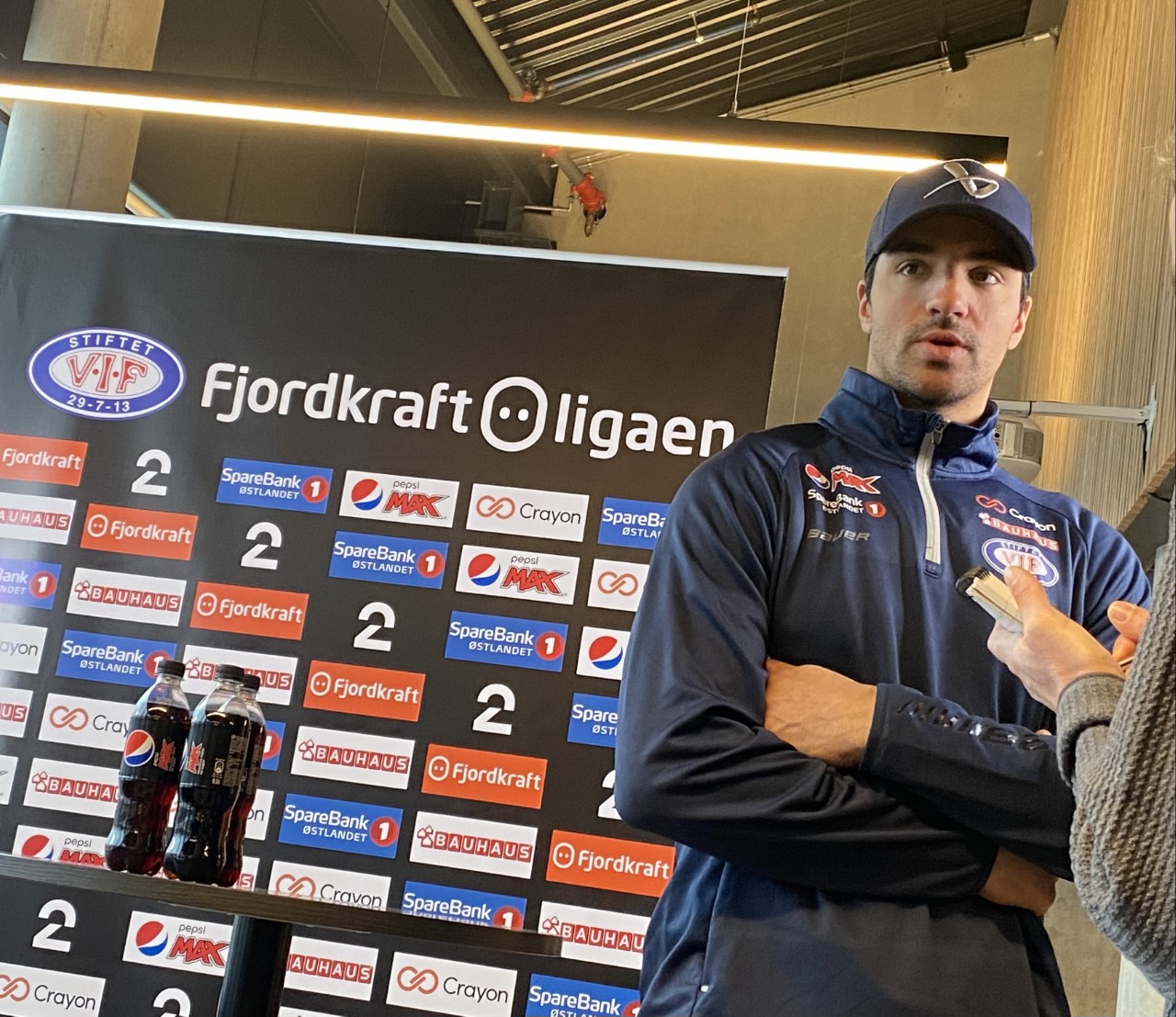Test Drive Carjacking: Protecting Yourself From A Deceptive Crime

Table of Contents
Understanding the Test Drive Carjacking Modus Operandi
Test drive carjacking relies on deception and exploiting the seller's trust. Criminals often pose as legitimate buyers, masking their intentions until they have control of the vehicle.
Common Tactics Used by Carjackers:
- The Fake Buyer: Carjackers often create convincing personas, presenting themselves as serious buyers with seemingly legitimate identification and even pre-approval letters (often forged).
- Staged Emergencies: They might create a fake emergency during the test drive, such as feigning a medical issue or claiming a family member needs urgent help, distracting the seller and creating an opportunity to steal the car.
- The "Quick Test Drive": They might pressure the seller into a short test drive, minimizing the opportunity for the seller to properly assess the buyer's behavior.
- Targeting Specific Locations: Criminals often choose isolated areas or less populated routes for test drives, increasing their chances of successfully escaping with the vehicle. Rural areas, poorly lit streets, and locations with limited surveillance are common targets.
Identifying Potential Red Flags:
- Suspicious Behavior: Observe unusual nervousness, evasiveness, or inconsistencies in their story.
- Inconsistent Information: Check for discrepancies between the information provided and the buyer's documentation.
- Pressure Tactics: Be wary of individuals who rush the process or pressure you into a quicker test drive than is comfortable.
- Unusual Requests: Be suspicious of odd requests during the test drive, such as driving to unfamiliar locations or turning off security features.
- Trust Your Gut: If something feels off, even if you can’t pinpoint why, trust your intuition and politely decline the test drive.
Safety Precautions During a Test Drive
Taking preventative measures significantly reduces the risk of becoming a test drive carjacking victim.
Before the Test Drive:
- Verify Buyer Identity: Thoroughly check the buyer's identification, verifying their driver's license, contact information, and any other provided documentation. Consider conducting a reverse phone lookup if necessary.
- Public and Well-Lit Areas: Always conduct test drives in well-lit, public areas with high foot traffic and security cameras. Avoid isolated roads or secluded neighborhoods.
- Bring a Companion: It’s safer to take a trusted friend or family member along during the test drive. Having a second person present can deter potential carjackers.
During the Test Drive:
- Situational Awareness: Maintain awareness of your surroundings at all times during the test drive. Be observant of other vehicles and people nearby.
- Conceal Valuables: Keep personal belongings, such as wallets, phones, and jewelry, out of sight to reduce temptation.
- Maintain Control: Never allow the potential buyer to fully drive the vehicle alone. Ride in the passenger seat and ensure you have access to the keys and emergency systems at all times. Avoid going to remote areas.
After the Test Drive:
- Safe Return: After the test drive, return to a well-lit, populated area before conducting any further business.
- Report Suspicious Activity: If you notice anything suspicious, report it immediately to the local authorities.
- Document Everything: Take pictures of the buyer's identification, license plate, and vehicle. If possible, record the test drive with a dashcam or your phone.
Legal and Insurance Considerations
Knowing what to do after a test drive carjacking is crucial.
Reporting a Test Drive Carjacking:
- Immediate Reporting: Report the incident to the police immediately. Provide them with all available information, including the buyer's details and vehicle description.
- Filing a Police Report: Cooperate fully with law enforcement during the investigation. A detailed police report is essential for insurance claims.
- Victim Support Resources: Seek support from victim advocacy groups and utilize available resources for assistance.
Insurance Coverage and Claims:
- Comprehensive Coverage: Comprehensive insurance typically covers theft, including carjacking. Check your policy for specifics.
- Liability Insurance: Liability insurance won't cover the loss of your vehicle, but it's essential for handling any potential accidents during the test drive.
- Filing a Claim: Contact your insurance company as soon as possible to report the incident and begin the claims process. Be prepared to provide all necessary documentation.
Conclusion
Preventing test drive carjacking requires vigilance and proactive safety measures. By verifying buyer identities, choosing safe test drive locations, maintaining situational awareness, and documenting the entire process, you significantly reduce your risk. Remember to trust your instincts – if something feels wrong, it probably is. Share this article to spread awareness and help others protect themselves from this dangerous crime. Protect yourself from test drive carjacking – stay safe! Learn more about preventing test drive carjacking and safeguard your vehicle.

Featured Posts
-
 Gorillaz London Concerts A Guide To Securing Tickets For Full Album Performances
May 30, 2025
Gorillaz London Concerts A Guide To Securing Tickets For Full Album Performances
May 30, 2025 -
 Anderlecht Og Gode Tilbud En Vanskelig Beslutning
May 30, 2025
Anderlecht Og Gode Tilbud En Vanskelig Beslutning
May 30, 2025 -
 Trumps Trade War 8 Key Impacts On The Canadian Economy
May 30, 2025
Trumps Trade War 8 Key Impacts On The Canadian Economy
May 30, 2025 -
 Conciertos Bad Bunny Entradas A La Venta En Ticketmaster Y Live Nation Madrid Barcelona
May 30, 2025
Conciertos Bad Bunny Entradas A La Venta En Ticketmaster Y Live Nation Madrid Barcelona
May 30, 2025 -
 Le Week End Sur Europe 1 Avec Aurelien Veron Et Laurent Jacobelli
May 30, 2025
Le Week End Sur Europe 1 Avec Aurelien Veron Et Laurent Jacobelli
May 30, 2025
